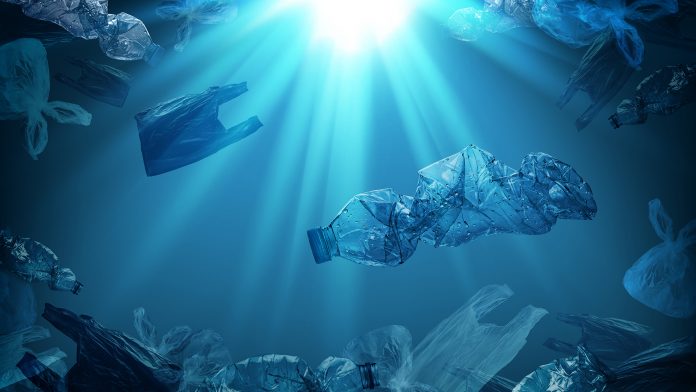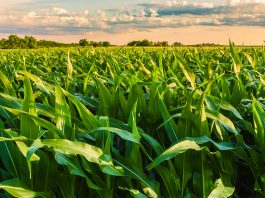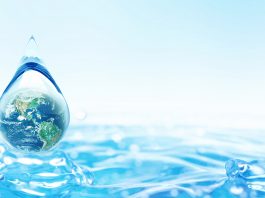Scientists have teamed up with the nonprofit Clean Up the Lake to collect and analyse plastic litter found at the bottom of Lake Tahoe.
Plastic litter is a growing problem worldwide, and new research shows that the bottom of Lake Tahoe is no exception.
In one of the first studies to use scuba divers to collect litter from a lakebed, 673 plastic items were counted from just a small fraction of the lake.
The study, ‘Polymer Characterization of Submerged Plastic Litter from Lake Tahoe, United States,’ is published in Applied Spectroscopy.
Plastic litter in Lake Tahoe is an increasing issue
The Lake Tahoe study is the first of its kind to deeply analyse where plastic litter comes from.
The scientists took a closer look at the litter and broke it down into categories based on use (such as food containers and water bottles), followed by the chemical composition of the plastic.
The knowledge gained can help scientists better understand the source of large pieces of plastic litter in the lake and whether they’re a significant source of microplastics as larger pieces break down and degrade.
Previous research found that the waters of Lake Tahoe contain high levels of microplastics, defined as plastics smaller than a pencil eraser.
“There’s very little work on submerged plastic litter in lakes,” said Monica Arienzo, PhD, associate research professor of hydrology at DRI and one of the study’s lead authors.
“I think that’s a real issue because when we think about how plastics may be moving in freshwater systems, there’s a good chance that they’ll end up in a lake.”
What were the most common types of plastics?
Research divers swam transects along the lakebed near Lake Tahoe Nevada State Park and Zephyr Cove to collect the litter, covering 9.3 kilometres.
They found an average of 83 pieces of plastic litter per kilometre, with the lakebed near Hidden Beach and South Sand Harbor showing significantly more (140 items/km and 124 items/km, respectively). No stretches of the lakebed surveyed were free of plastic litter.
The most common plastic categories were food containers, bottles, plastic bags, toys, and several items that couldn’t be categorised.
“There’s a lot of education we can do, as well as continuing to work on reducing the use of those plastics,” stated Arienzo. “Because we must start thinking about turning that plastic pipe off.”
Working out where these plastics come from
Arienzo and co-author Julia Davidson, then an undergraduate student working in Arienzo’s lab, also identified the types of plastic that comprised 516 of the plastic litter samples.

Using an instrument that uses infrared light to fingerprint and identify the material, they found that the six most common plastics were polyvinyl chloride (PVC), polystyrene, polyester/polyethylene terephthalate, polyethylene, polypropylene, and polyamide.
Collecting this information can contribute to Arienzo’s ongoing microplastic research in the region, helping to identify where these small plastic fragments come from.
Davidson explained: “When we study microplastics, we only have the chemical information or the plastic type. We don’t know where it came from because it’s just a tiny piece of plastic.
“But now we can use this litter data to point to the dominant types of plastics and compare them to microplastic data.”
The study can help inform efforts by Tahoe-area communities to address plastic litter, such as South Lake Tahoe’s 2022 ban on single-use plastic bottles and Truckee’s ban on single-use food containers.
The research also highlights ways scientists can work with nonprofits to collect data to address local environmental concerns.









